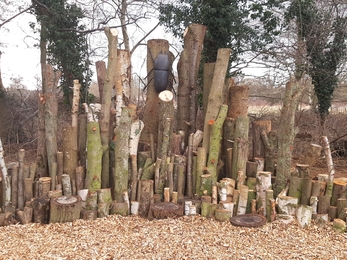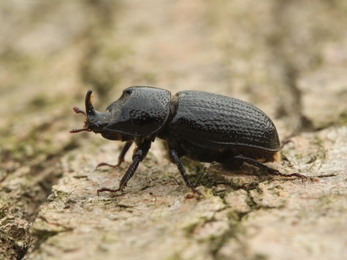The surveys were carried out by a team of three volunteers (Steve Lane, Graham Finch and Anona Finch) along with Tim Sexton, the Species and Recording Officer at Rutland Water. The ‘Fab Four’ as they became affectionately known, set out to create a baseline of beetle records for the Reserve and identify important assemblages of beetles which have become established in the years since.
From the species discovered, 22 species were identified as being new to Leicestershire and Rutland and almost 70 are considered to be either nationally scarce or of conservation concern. These included a number of reed beetles, a group of wetland specialists that are only found in reedbeds – one of which hadn’t been seen in the counties since 1895! A number of important beetle assemblages were also identified including one assemblage associated with dead wood, one associated with fungi and one associated with marshland.


